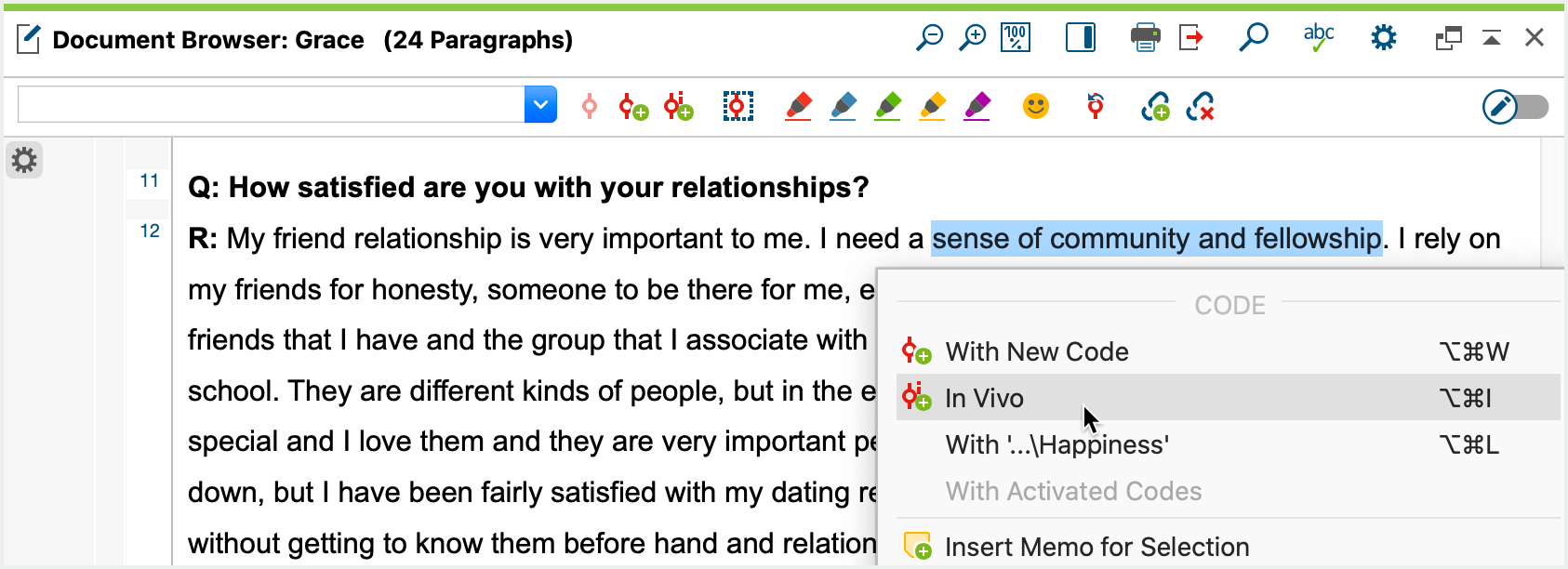
Mastering Qualitative Data Coding: Essential Tips and Techniques
Alright, folks, let’s delve into the world of qualitative data coding. It’s not just about numbers and statistics; it’s about digging deep into the meaning behind the data. Whether you’re a seasoned researcher or just dipping your toes into qualitative analysis, these essential tips and techniques will help you master the art of coding qualitative data.
Understanding Qualitative Data Coding: The Basics
First things first, let’s get familiar with the basics of qualitative data coding. Coding involves the process of categorizing and labeling segments of data to identify patterns, themes, and insights. It’s like organizing a messy closet—you group similar items together to make sense of the chaos.
Establish a Coding Framework: Define Your Categories
Before you dive into coding, establish a clear framework of categories and codes. These are the building blocks of your analysis. Start by brainstorming potential themes or concepts that may emerge from your data. Create a codebook outlining each category and its definitions to maintain consistency throughout your analysis.
Take a Systematic Approach: Code Methodically
Coding can quickly become overwhelming if you don’t have a systematic approach. Take it step by step—start with broad categories and then delve deeper into subcategories. Use software like NVivo or Dedoose to organize your codes efficiently. Remember, a well-structured coding system will save you time and headaches in the long run.
Stay Close to the Data: Ground Your Codes
As you code, it’s crucial to stay grounded in the data. Don’t let your preconceived notions or biases influence your coding. Let the data speak for itself. Refer back to the original texts frequently to ensure your codes accurately capture the essence of the content. This will help maintain the integrity and validity of your analysis.
Use Multiple Coders: Ensure Consistency and Reliability
Coding is subjective, and different coders may interpret data differently. To enhance the reliability of your analysis, consider using multiple coders. This allows for inter-coder reliability checks, where coders compare their codes and discuss discrepancies. Consensus coding ensures a more robust and trustworthy analysis.
Embrace Iterative Coding: Refine Your Codes
Coding is not a one-and-done process—it’s iterative. As you progress through your analysis, you may need to refine, merge, or create new codes. Be open to revisiting your coding framework based on emerging patterns or unexpected findings. Iterative coding allows for a more nuanced and in-depth analysis of the data.
Maintain Detailed Documentation: Track Your Process
Documenting your coding process is essential for transparency and reproducibility. Keep a detailed log of your coding decisions, including the rationale behind each code and any revisions made. This documentation serves as a roadmap of your analysis and enables others to follow your thought process.
Seek Feedback and Validation: Validate Your Codes
Don’t code in isolation—seek feedback from peers, mentors, or colleagues familiar with qualitative research. Present your coding framework and preliminary findings for validation. External validation ensures the credibility of your analysis and may reveal blind spots or alternative interpretations.
Analyze Your Coded Data: Extract Insights and Patterns
Once you’ve completed coding, it’s time to analyze the coded data. Look for recurring themes, patterns, or trends across your codes. Use visual tools like word clouds, frequency tables, or thematic maps to visualize your findings. The goal is to distill the essence of the data into meaningful insights.
Tell the Story: Translate Data into Narrative
Finally, bring your analysis to life by crafting a compelling narrative. Write up your findings in a clear and engaging manner, weaving together quotes, examples, and interpretations. Tell the story of your data, highlighting key themes, insights, and implications. Remember, your analysis should not just report findings but also provide context and meaning.
Ready to Dive into Qualitative Data Coding?
With these essential tips and techniques in your toolkit, you’re well-equipped to embark on your qualitative data coding journey. Remember, coding is both a science and an art—it requires patience, attention to detail, and an open mind. Stay curious, stay organized, and most importantly, let the data guide you. Happy coding! Read more about tips for coding qualitative data
